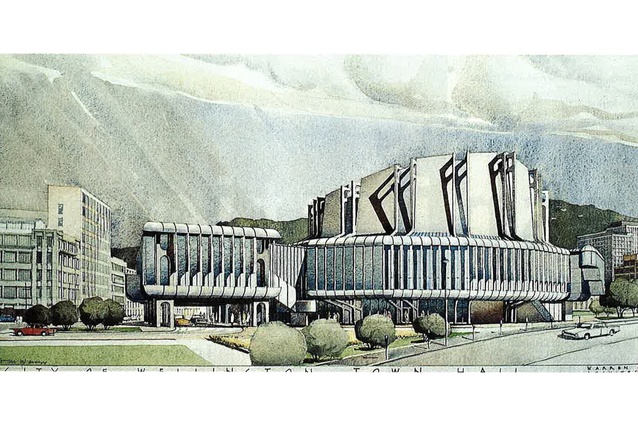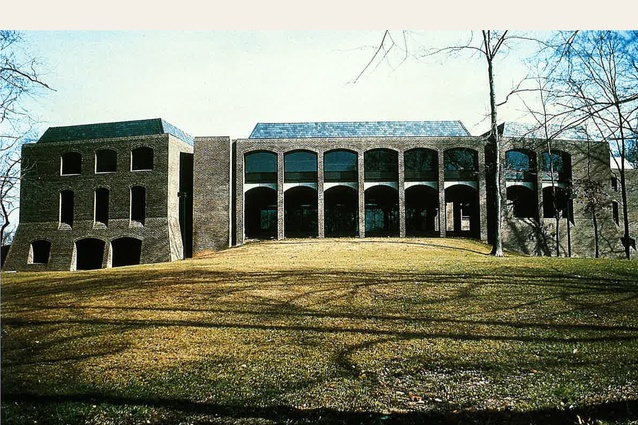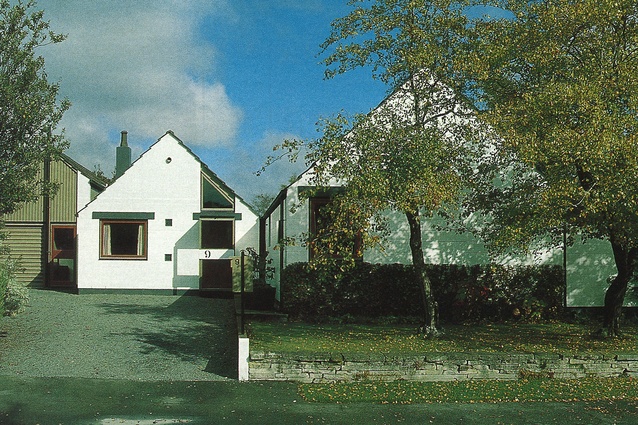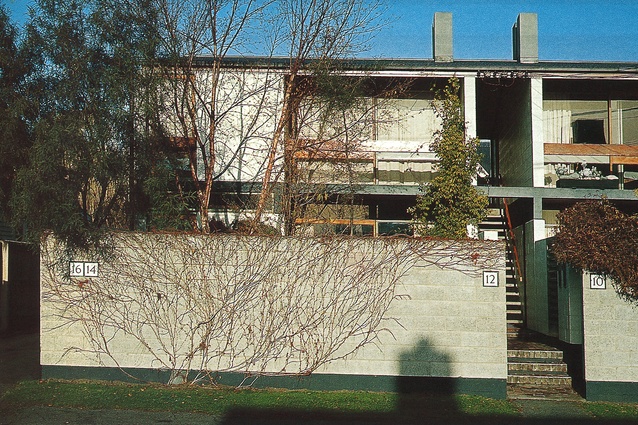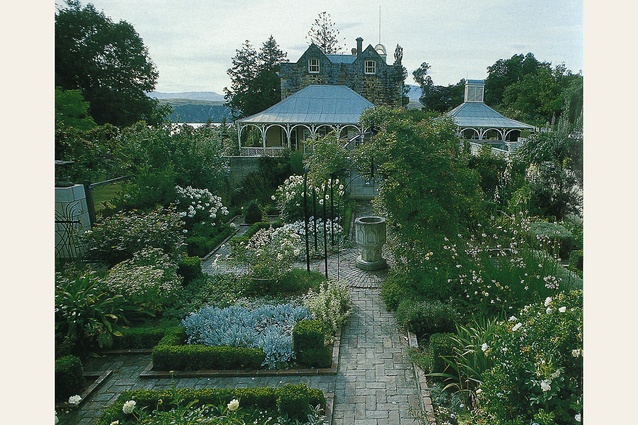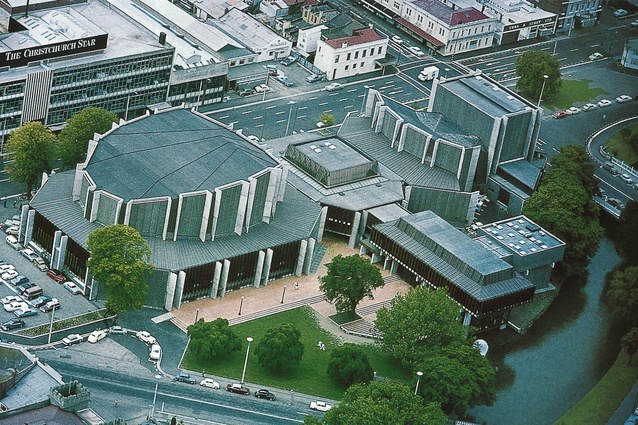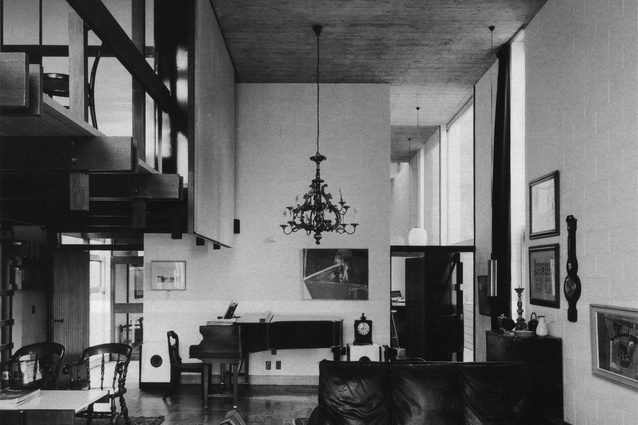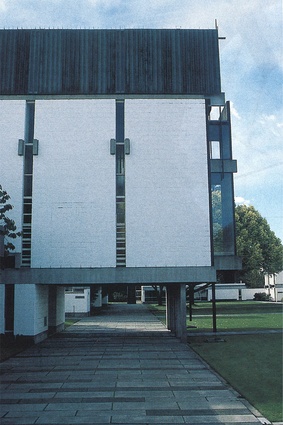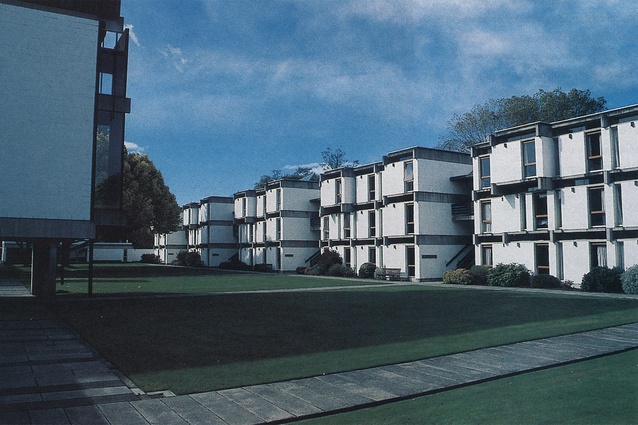The art of architecture - Sir Miles Warren
On the eve of Sir Miles Warren's funeral, we have republished his Gold Medal essay from the year 2000, where he reflects on the state of New Zealand architecture past, present and future.
The two questions often put to retired architects are: how has architecture changed over the last 50 years, and how will it change in the future? I am probably less able to predict the future than an architecture graduate straight out of university. All I can be sure of is that it will change.
We will probably assume that it will change more quickly than in the past. But if you look at the rapid succession of styles in the late 19th century from early English Gothic to Gothic GO, the cult of the ugly and the eight phases of the Georgian/Classic revivals, we are mere sluggards at change. The real aberration is how long the cult of modernism held sway in New Zealand.
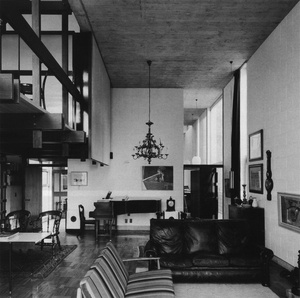
In the 70s and 80s, architecture evolved into a number of styles, of isms, neo-expressionism, neo-international, post-modern, deconstruction, minimalism and the local outbackery. But change in the built form of our city centres is as much the result of new building types and new building materials and techniques as of change in architectural styles. The developers’ speculative office buildings of the 80s, the multi-storey blocks of flats in Auckland, the town houses in Christchurch and the car retail boxes in the suburbs have transformed our urban centres.
New building materials and techniques often accompany changes in styles. The great variety and sophistication of glass ushered in new complex forms. Which came first — new material or new forms? The materials of post-war “heroic” modernism were concrete, concrete block, timber and plain glass. Now it’s steel, precast concrete and glass used in a great variety of ways. Weatherboards are replaced by tilt slabs. We cease to think like carpenters. Where would we be without modern sealants?
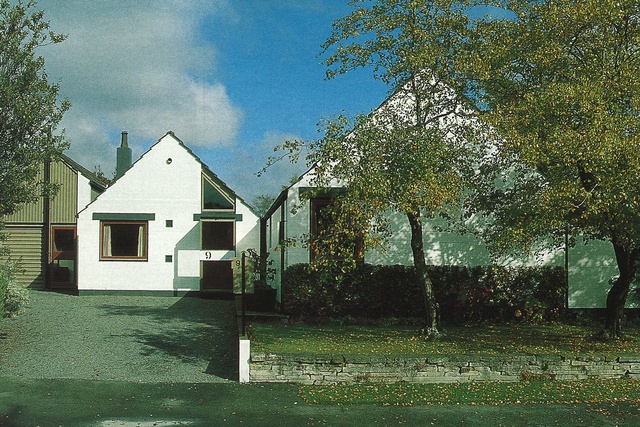
What has not changed is the appreciation by the public of the art of architecture. In the immediate idealistic post-war years, we earnestly believed that modern architecture would transform our cities. It hasn’t. Our overall built environment has not improved much in 50 years. It is as cheerfully jumbled, tatty and disregarded as ever, and in some respects much worse.
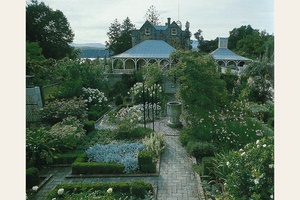
When we New Zealanders boast of our beautiful green countryside we conjure up images of lakes, bush, mountains, the natural countryside, not the made environment of cities, suburbs and dreary townships in which we spend most of our time.
Of all new post-war building techniques, probably the arrival of exterior paints that would not fade in our bright light have transformed our city centres. Decent buildings are obliterated, become mere backgrounds for glaring signs, all shrieking for attention. Victorian buildings designed to be modelled in light and shade are tarted up in ridiculous colours. All sorts of materials — brick, stone, aggregate-faced concrete — are painted. The original designers’ intentions are lost. The car retail areas, small factories encircling our cities, become mere billboards for advertisements.
The inescapable art
Architecture, surely the dominant visual art, the inescapable art, the art by which we will be judged as a civilisation, remains of little public interest or appreciation. Rarely is there informed, constructive criticism of new buildings. There is little debate. When there is a national gathering to consider the future of the arts, architecture is ignored, not invited. Yet there are probably as many people practising the art of architecture as any other art.
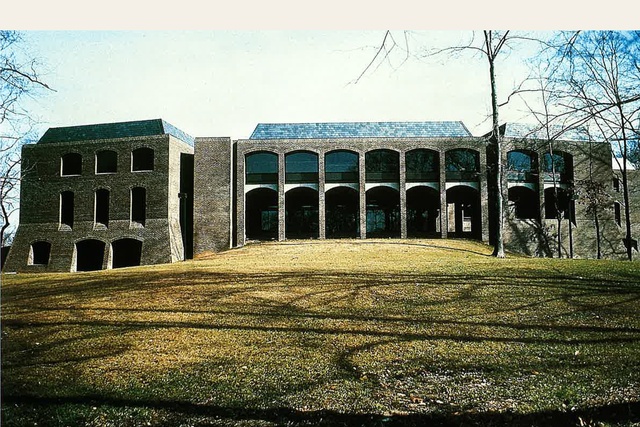
A musician comes to town, has one performance and a review appears in the next day’s press. An architect designs a major building: many people — architects, draughtsmen, engineers, builders — spend months in its design and making. It stands for years — good, bad and indifferent. The press remains silent.
I have given a number of illustrated talks on Christchurch architecture. Starting with the city’s 19th-century heritage, inevitably I use the words “neo-Gothic” and “neo-Classic”. The audience — university students, retired professionals — give a blank stare. I ask what is the difference in style between the Christchurch Cathedral in the Square and the Roman Catholic Basilica, the two most prominent objects in the city. I sometimes get the hesitant answer, “Gothic,” but never “Classic.” And these are people claiming a love of our built heritage.
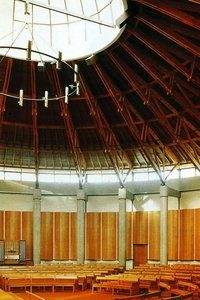
Of course, knowing the vocabulary of architectural styles doesn’t make one an expert, but at least it is a small beginning. Isn’t being unable to distinguish between a neo-Gothic and a neo-Classic building equivalent in cultural terms to not appreciating the difference between, say, Beethoven and Chopin?
Today’s architecture is often lumped together and condemned by material — “all those awful glass buildings”, “all those dreadful tilt-slab houses” — as if a building material denied architecture. There were good and bad stone and brick buildings. Some of the now much-admired Victorian buildings were the developers’ knock-ups of the time. Many of the critics of today’s architecture are really saying they don’t like change.
For all that, I believe that New Zealand architecture has never been in better heart. We have long escaped the straitjacket of the right angle and the dictates of the structure of modernism. Complex forms and spaces, curves and diagonals are exploited, together with the materials and techniques to achieve them. There is a proliferation of choice, isms galore. Of course, multiple choice and freedom has its downside. The good get better and the bad worse.’

We continue to excel in what we are best at — that is, the design of individual houses. With often modest cost and limited briefs, superb architecture is achieved comparable with the world’s best. Look at the three houses in the recent NZIA national awards, ranging from low-cost minimal to grand-scale opulence (Architecture NZ, May/June). There are few countries where the average person can design and have made their own house. Our suburbs are a true expression of our aesthetic taste, or lack of it. Architects make jewels in a sea of mediocrity.
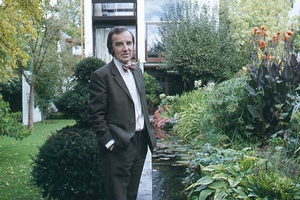
After the excesses of the 80s, the rebuilding of the commercial structures of our cities has come to a temporary halt, so the opportunities for urban renewal are limited. The emphasis is now on institutional, educational and civic buildings. With better briefs, more time and, above all, client intention to make architecture, the results are excellent.
The Wellington WestpacTrust stadium, the University of Canterbury Maths and Sciences building, the New Brighton library, Noel Lane’s Brick Bay house and many others testify to the art of architecture in New Zealand.


